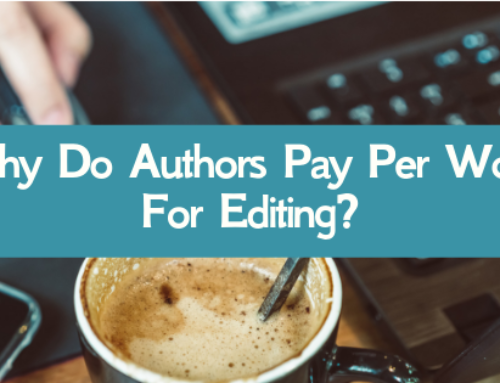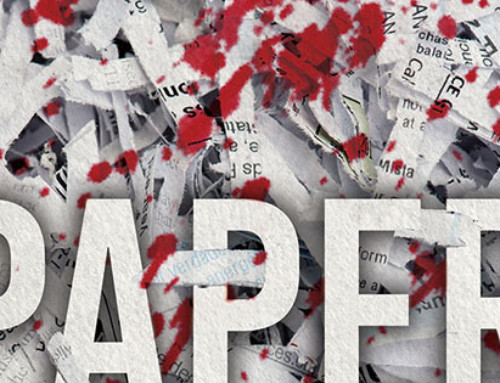“Just put your book on Amazon” is a sentiment we hear a lot. The problem is, putting your book on Amazon is a small part of the self-publishing process. It’s not even a complete picture of the distribution process, since you should “go wide” and distribute your book with as many retailers as possible.
That means “Just put your book on Amazon” is actually terrible advice. It skips over editing, design, marketing, and part of distribution. It makes no mention of printing, either. All these pieces make up the self-publishing process—approximately 300 steps in the process according to our PubSmart technology—and many of them have to happen before you distribute your book.
When you put your book on Amazon, you’re competing with the millions of titles already listed and the titles added every day—some say this number is as many as 12 titles each hour. Your book has to stand out from the crowd if you want to gain traction. Just listing your book on Amazon isn’t going help, whether you do it yourself or hire a self-publishing company to help.
DIY Self-Publishing and Self-Publishing Companies
The self-published author can arrive at “published” a number of ways: doing it completely themselves, hiring freelance professionals, hiring a self-publishing company, or going with a vanity publisher. Having a range of options can cause confusion with people considering publishing their books.
DIY self-publishers take one of two tracks. Either they do everything themselves, including editing and design, or they hire freelance professionals to assist them with what they can’t do themselves, then handling the distribution on their own. The advice to put your book on Amazon falls under this type of self-publishing.
The DIY approach isn’t for the faint of heart. You’re responsible for understanding the entire self-publishing process and educating yourself on what you don’t know, then either completing the task on your own or finding qualified professionals to assist you. But if you have the time and drive to dig into the self-publishing process, or you want the greatest amount of control, DIY is for you.
The other option is going with a company, either a self-publishing company or a vanity press, to help you publish your book. While the terms self-publishing company and vanity publisher are often used interchangeably, they’re not the same, although they sometimes share similarities.
Self-Publishing Companies Versus Vanity Publishers
It’s true that some self-publishing businesses practice high-pressure sales tactics, like making too-good-to-be-true verbal promises that never make it into your written contract, and deliver poor quality books. That’s precisely why our CEO, Mark Levine, wrote The Fine Print of Self-Publishing in 2006 and continues to update the text with new editions. (Like the sixth edition that came out this year.) It contains everything you need to know about using a self-publishing company.
Many companies present themselves as traditional publishers, but force you to pay for the book production and distribution yourself. These companies are vanity publishers, and should be avoided. With a self-publishing company, you are able to dictate which self-publishing services your book needs, which allows you to take on a larger role in your publishing endeavors. These self-publishing companies act more as a one-stop shop; all the professionals you’d need to contract to self-publish a book can be found in a single company.
The “Right” Way to Self-Publish
What’s the “right” way to self-publish? One doesn’t exist. Yes, it’s cheaper to DIY and “just put it on Amazon,” but there are disadvantages, too. Without the help of professionals, your book may not be able to compete with the rest of the titles currently on the market, both traditionally and self-published. It’ll also require more time for you to learn the industry and how to execute certain parts of the process than publishing professionals.
For those who would like more assistance and guidance throughout the self-publishing process, a self-publishing company may be better suited to your needs. Just make sure that you retain your rights and royalties, and that you’re in charge of what happens to your book.














Leave A Comment